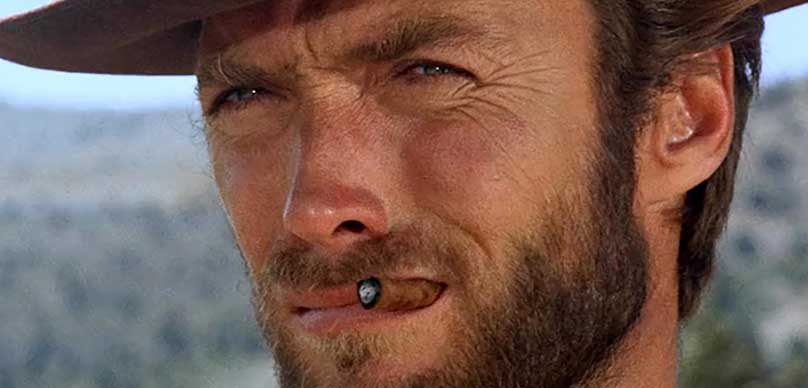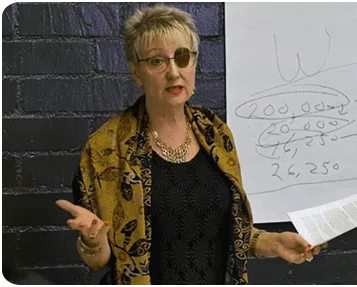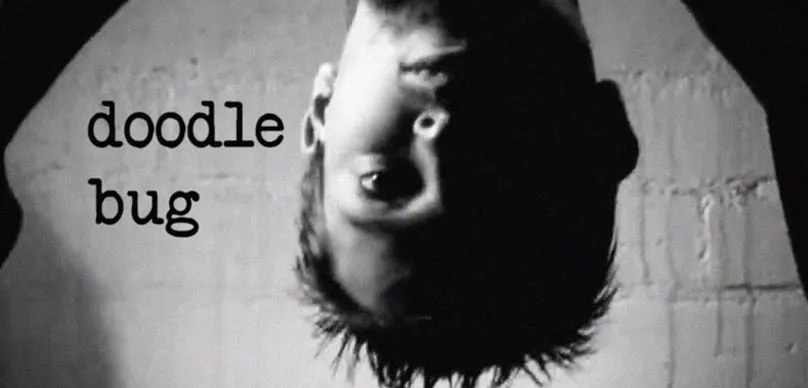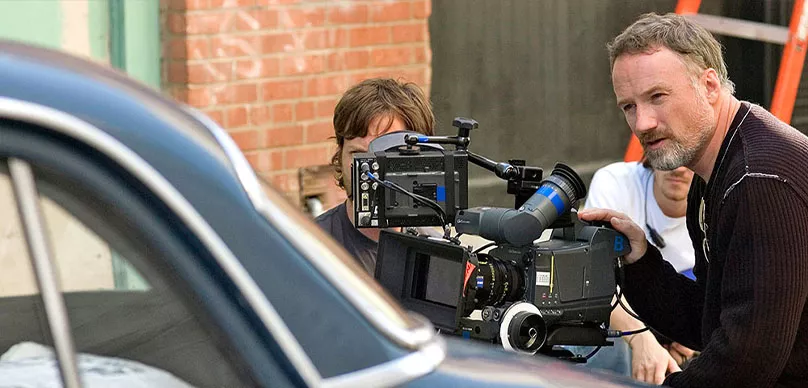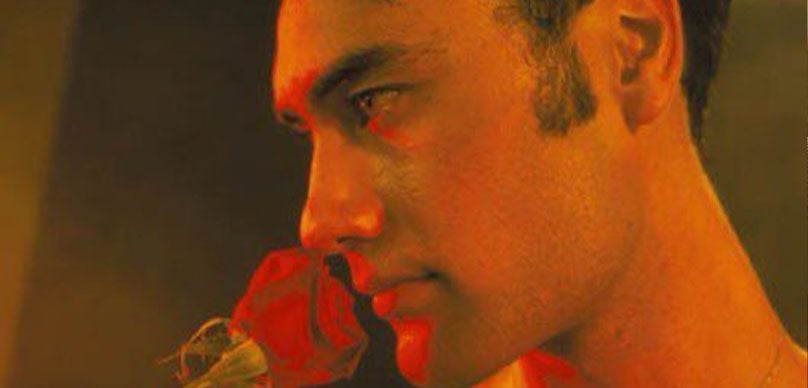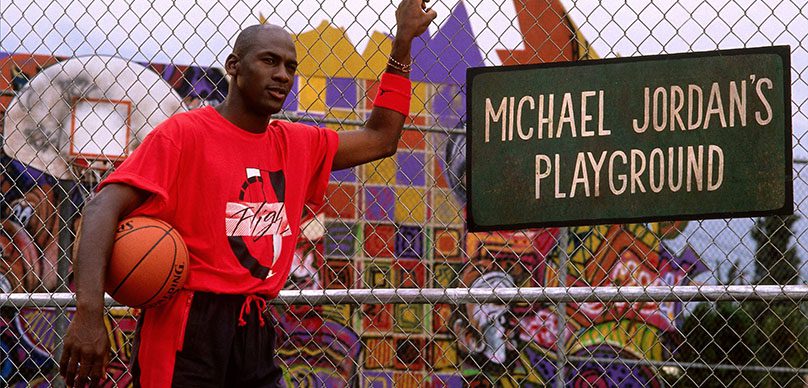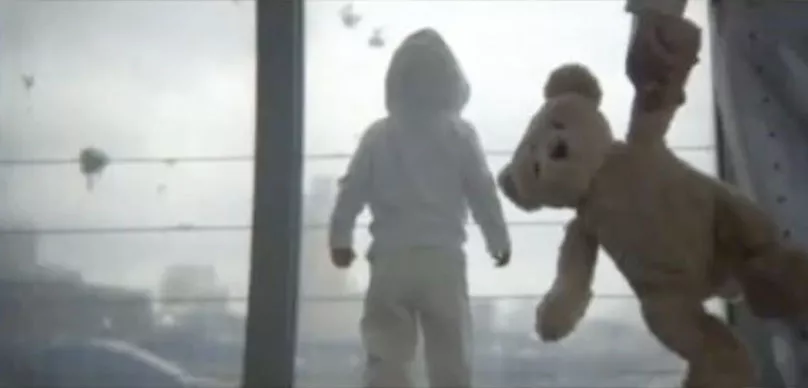Filmmakers are constantly looking to capture every detail, emotion and nuance in the moment, making close-up shots a valuable tool in their arsenal. When you’re on a film set, your director will tell you to get in closer with the actors. It’s not about getting too close; it’s about getting the actor’s full attention and getting that face-to-face interaction.
That’s what I love about the art of close-ups. A look into the filmmaking process and the various ways in which you can utilize close-ups to tell a story.
What is a Close Up Shot?
Close-ups are a type of camera angle, focus, and design that frames an actor’s face. The close-up is usually used to frame a face, but they can also be used to capture a body part, such as a hand, leg, or foot.
A director of photography uses a close-up of an actor with a long lens to capture their strong emotional connection with the audience and to help show intimate details in the actor’s face that would normally not be seen in a wide shot, long shot, or full shot.
The close-up shot is usually used to:
- Focus the audiences attention on a crucial part of the story
- The highlight emotion and nuance in a performers faces
- Develop a tone
- To indicate importance
- Story exposition
Many close-up shots in movies show important scene details that are helpful to understanding the story. These include clues, foreshadowing a later element of plot development, or adding to the mood or tone of the film.
The History of Close-up Shots
Close-ups have been used to enhance actors and actresses’ appearances in films since the early 1900s. Some early filmmakers, such as George Albert Smith, James Williamson, and D.W. Griffith, used close-up shots to enhance the appearance of movie characters.
In the 1910s, the close-up was used to display an actor’s facial expression. At first, the close-up was used primarily for dramatic effect. Gradually, filmmakers began to use it for many other purposes, such as to show an actor’s eyes and lips and express emotion.
Artists have been using close-ups for centuries, even before cameras existed. In 1656 Dutch filmmaker Antonie van Leeuwenhoek was the first to use a microscope in order to observe details that would otherwise be invisible to the naked eye.
Since then, filmmakers have used extreme close-ups when filming intense scenes like a duel, or a fight between two characters. Director Steven Spielberg uses similar techniques to create emotional effects in his films.
Types Of Close-Up Shots
Close-Up Shot
This is a classic framing, where the actor’s face and shoulders are in focus and a little background is usually visible. It’s also common for this kind of shot to be framed by a background that’s slightly off-center, so the audience has a clear view of the actor and a little of the background.
Medium Close-Up Shot
A medium close-up shot include your actor’s upper body, and the background will include some of the environment or setting where the scene takes place.
Extreme Close-Up Shot
An extreme close up shot is used in dramatic moments in a scene. It allows us to see everything about a character as clearly as possible. It could be a close-up of their eyes to show them reacting to a moment, or a close-up of a character’s mouth to reveal what they are thinking.
Insert Shot
When a prop or scene detail is particularly important, the director will insert a close-up of that prop or scene detail into the story. Robert Rodriguez famously used inserts shots of his dog or a turtle in the street to save him in the editing process.
Considerations for Using Close-up Shots
With great power comes great responsibility. Before you use close-ups considering these important points.
Editing Close-ups with other shot.
There are two ways to combine close-ups with other shot sizes. You need to pick one way and then use it consistently. This will help you to tell a story and create meaning for the audience.
Combining Close-up and Wide-shot The wide-shot is usually used to show a wider view of what is happening in the scene. It can also be used to show a larger or more detailed view of what is happening in the scene.
Using the Close-up.
One of the most important parts of using a close-up is deciding what camera movement or technique you’ll use to arrive there. It’s easy to use a slow, smooth camera movement when moving closer to your subject, but the effect can also be very powerful if used aggressively.
When to use close-ups.
A good director will carefully select the type of shots he or she uses in a film, because different shot types help convey information to an audience. A movie with too few close-ups and other shots may not connect with audiences emotionally, but movies with too many close-ups may make audiences confused about the movie’s context.
Good filmmakers choose which shots to use carefully, and they choose them based on the story, acting, and visual effects that are present in the film.
Examples of Close-Up Shots Throughout Film History
There are several examples of close-up shots in Hollywood films, such as when a character is about to be killed and his last moments are shown in a close-up. In television, this technique is often used to emphasize the emotion of an actor or to add visual interest to a scene.
Close-ups can be used to show off the best qualities of the actor’s performance, such as their eyes, lips, teeth, hair, hands, or any other body part. However, they may also be used for emphasis or to convey a mood. Below are examples of how master filmmakers used the humble close-up shot.
The Good, The Bad And The Ugly
Close-up shots are used in westerns to emphasize the characters and give them a better visual presence. One of the most famous and recognizable is from Sergio Leone’s classic western The Good, The Bad and The Ugly. It features Clint Eastwood, Lee Van Cleef, and Eli Wallach, and it uses a series of close-ups and insert shots to intensify the action.
The Shining
Stanley Kubrick’s The Shining is a chilling horror film classic starring Jack Nicholson as a father who loses his grip on reality due to a mysterious disease and turns into a deranged, murderous maniac. The moment when he sticks his head through the door of the bathroom and screams, “Here’s Johnny!” is one of the most iconic close-up moments in film history.
The Jonathan Demme Face Close-Up
The close-up is one of the most beautiful and conventional shots in cinema. Close-ups share the same conventions, but the late, great film director Jonathan Demme put a signature twist on this old and practical technique. Most filmmakers choose to employ the close-up shot during crucial dialogue scenes, where the scene cuts back and forth to the characters’ respective close ups.
In most films, actors are placed in the center of the frame and are looking directly at the audience. Demme, on the other hand, places the characters in the center of the frame and has them look directly at the camera. This approach gives the camera an additional perspective and feeling of urgency, conveying a unique sense of poignancy.
What is it about this film that makes us feel such sympathy for the character? Are these characters merely looking at us as they do things? If so, then what is it about their actions or looks that make us connect on a deeper level? We’re almost inside their heads.
In fact, we’re really just outside the fourth wall, because we’re watching it all happen on screen. Here are some of Demme’s signature shots in his feature films.
The Steven Spielberg Face Close-Up
Master filmmaker Steven Spielberg is famous for using the slow dolly shot to create awe-inspiring moments in his movies. The great thing about the close-up is that it gives you complete control over the audience’s attention.
You can direct them to do almost anything. And if you can do it with your camera, you can also do it with your screenplay. The actor’s talent, the director’s experience, and the director’s ability to get the right performance are the three ingredients that make a good film or TV show.
Close-up shots are highly effective tools in creating strong emotions and developing exposition and plot. Indie Film Hustle Academy can help you learn more about this technique and many other types of close-up shooting in one of our comprehensive filmmaking programs.

